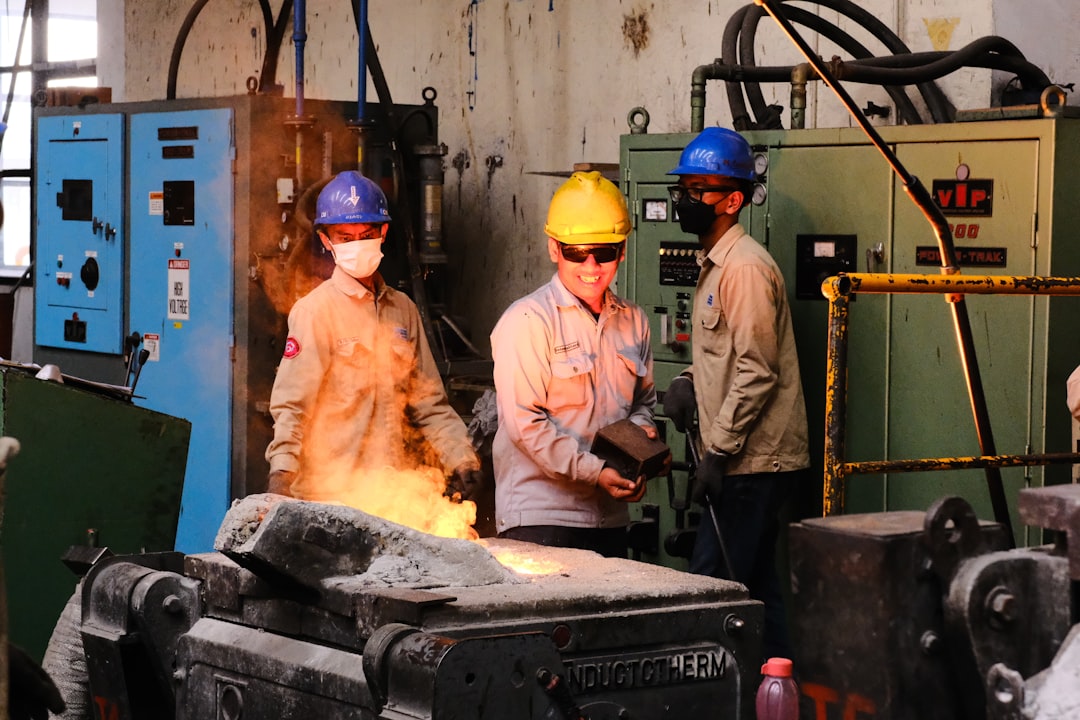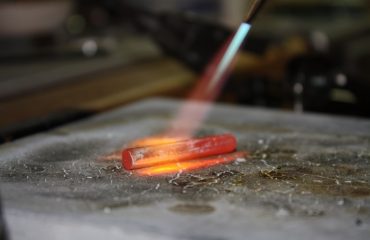The production of high-quality steel is a complex process demanding meticulous attention to detail at every stage. From the selection of raw materials to the final product delivery, stringent quality control measures are essential to ensure the steel meets the required specifications and performance standards. This blog post delves into the critical methods employed throughout the process steel quality control chain, highlighting the importance of each step in delivering consistent, reliable, and high-performance steel.
1. Raw Material Inspection: The Foundation of Quality
The journey to superior steel begins with the careful selection and inspection of raw materials. This crucial first step involves rigorous testing of iron ore, scrap metal, and other components to ensure they meet the specified chemical composition and physical properties. Common tests include:
- Chemical Analysis: Spectroscopic methods (e.g., Optical Emission Spectrometry – OES) are used to determine the precise percentage of elements like carbon, manganese, silicon, phosphorus, and sulfur. These elements significantly influence the final steel’s properties.
- Physical Examination: This involves visual inspection for impurities, contaminants, and size consistency. For scrap metal, this includes checking for unwanted materials like plastics or non-ferrous metals.
- Moisture Content Analysis: Excessive moisture can negatively impact the smelting process. Therefore, accurate moisture content determination is vital.
Any deviations from the pre-defined specifications lead to rejection of the batch, ensuring only suitable raw materials enter the steelmaking process.
2. In-Process Monitoring: Maintaining Control During Steelmaking
Maintaining consistent quality throughout the steelmaking process is paramount. Continuous monitoring of various parameters is crucial to identify and rectify any potential deviations early on. Key aspects include:
- Temperature Control: Precise temperature regulation during melting, refining, and casting is crucial. Pyrometers and thermocouples are used for continuous monitoring and adjustment.
- Chemical Composition Monitoring: Regular chemical analysis during the refining process ensures the desired composition is achieved. This often involves automated sampling and analysis systems.
- Oxygen and Gas Control: Controlling the levels of oxygen and other gases in the molten steel is critical for achieving the desired properties. This involves using various techniques like argon purging.
- Inclusion Control: Non-metallic inclusions (e.g., oxides, sulfides) can negatively impact steel properties. Monitoring and controlling their levels is vital using techniques like vacuum degassing.
Real-time data acquisition and analysis systems enable immediate corrective actions, minimizing defects and maximizing yield.
3. Non-Destructive Testing (NDT): Assessing Steel Integrity Without Damage
Non-destructive testing (NDT) methods are employed to evaluate the integrity of the steel without causing any damage. These techniques play a vital role in identifying defects like cracks, porosity, and inclusions in the finished product. Common NDT methods used in steel quality control include:
- Ultrasonic Testing (UT): Uses high-frequency sound waves to detect internal flaws.
- Radiographic Testing (RT): Employs X-rays or gamma rays to create images revealing internal defects.
- Magnetic Particle Testing (MT): Detects surface and near-surface cracks in ferromagnetic materials.
- Liquid Penetrant Testing (PT): Identifies surface-breaking defects by using a dye that penetrates the crack and is then revealed by a developer.
- Eddy Current Testing (ECT): Uses electromagnetic induction to detect surface and subsurface flaws.
NDT ensures that the steel meets the required standards for structural integrity and safety.
4. Mechanical Testing: Evaluating Steel’s Performance Characteristics
Mechanical testing provides quantitative data on the steel’s strength, ductility, hardness, and other critical properties. These tests are crucial for verifying that the steel meets the required specifications for its intended application. Common mechanical tests include:
- Tensile Testing: Determines the ultimate tensile strength, yield strength, elongation, and reduction in area.
- Hardness Testing: Measures the resistance of the steel to indentation, using methods like Rockwell, Brinell, or Vickers hardness testing.
- Impact Testing: Evaluates the steel’s ability to withstand sudden impact loads, such as Charpy or Izod impact tests.
- Fatigue Testing: Assesses the steel’s resistance to failure under cyclic loading.
- Creep Testing: Determines the steel’s deformation under sustained stress at elevated temperatures.
The results of these tests are crucial for selecting the appropriate steel grade for specific applications.
5. Traceability and Documentation: Ensuring Accountability and Transparency
Maintaining meticulous records throughout the entire steel production process is essential for traceability and accountability. Detailed documentation of each step, including raw material specifications, process parameters, test results, and quality control checks, is crucial for ensuring product quality and identifying the root cause of any issues. This also helps in meeting industry standards and regulatory requirements. Modern techniques like digitalization and blockchain technology are increasingly used to enhance traceability and transparency in the steel industry.
Effective traceability allows for quick identification of potential problems and enables prompt corrective actions, enhancing overall efficiency and reducing waste.
In conclusion, the production of high-quality process steel relies heavily on a robust and comprehensive quality control system. By implementing these methods, steel manufacturers can ensure that their products consistently meet the required specifications, resulting in improved performance, enhanced safety, and increased customer satisfaction.
SEO Tags:
steel quality control, process steel quality, metallurgical testing, steel inspection methods, steel manufacturing quality




